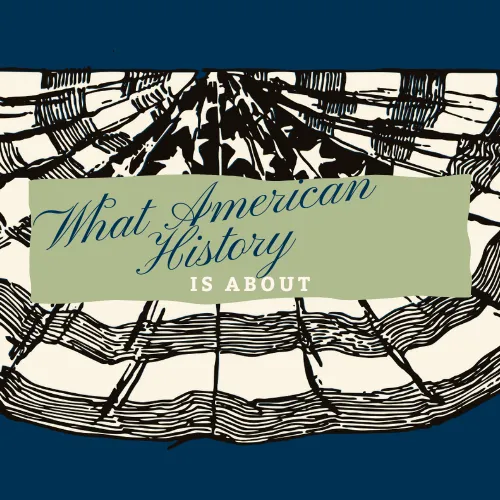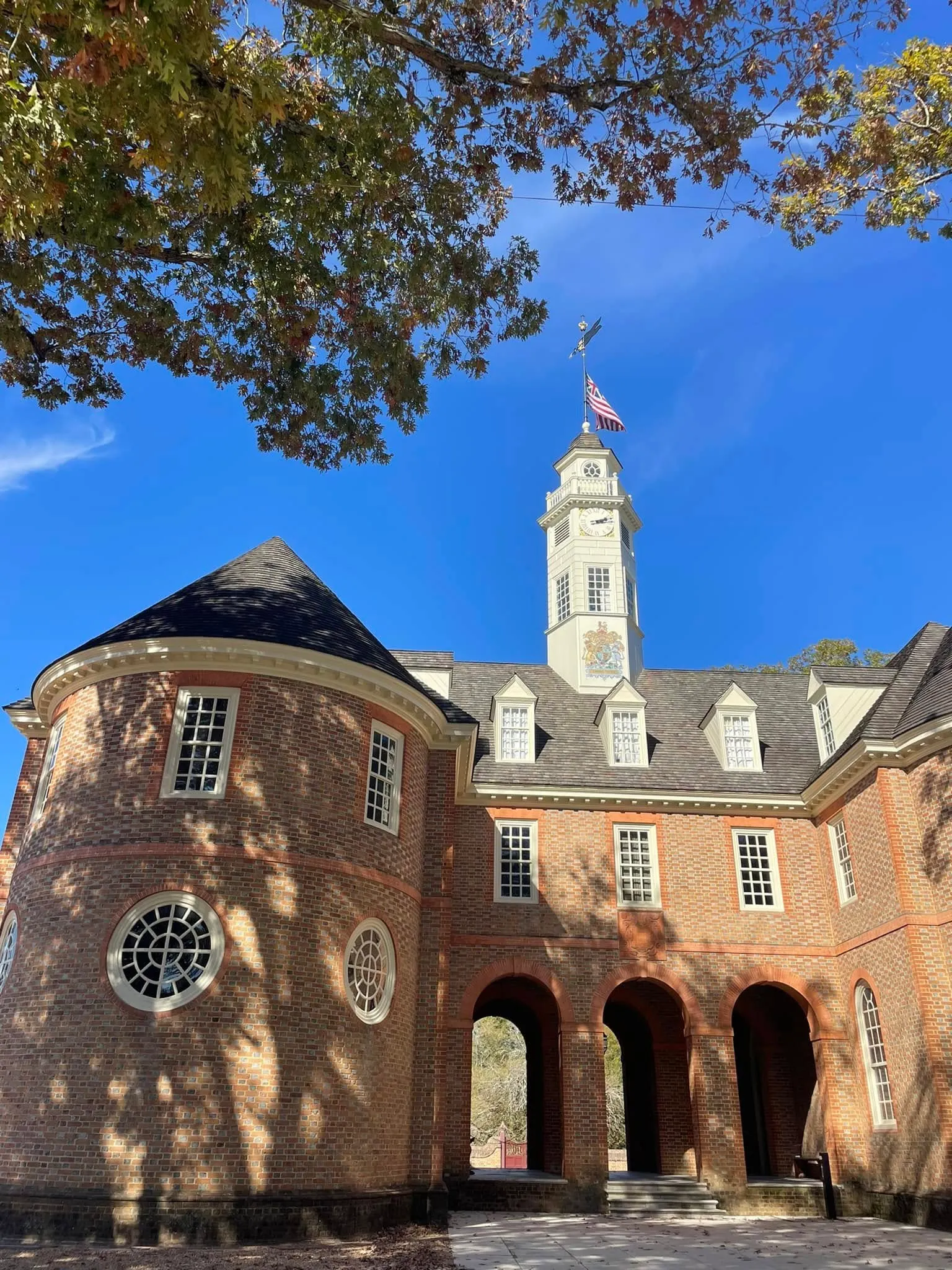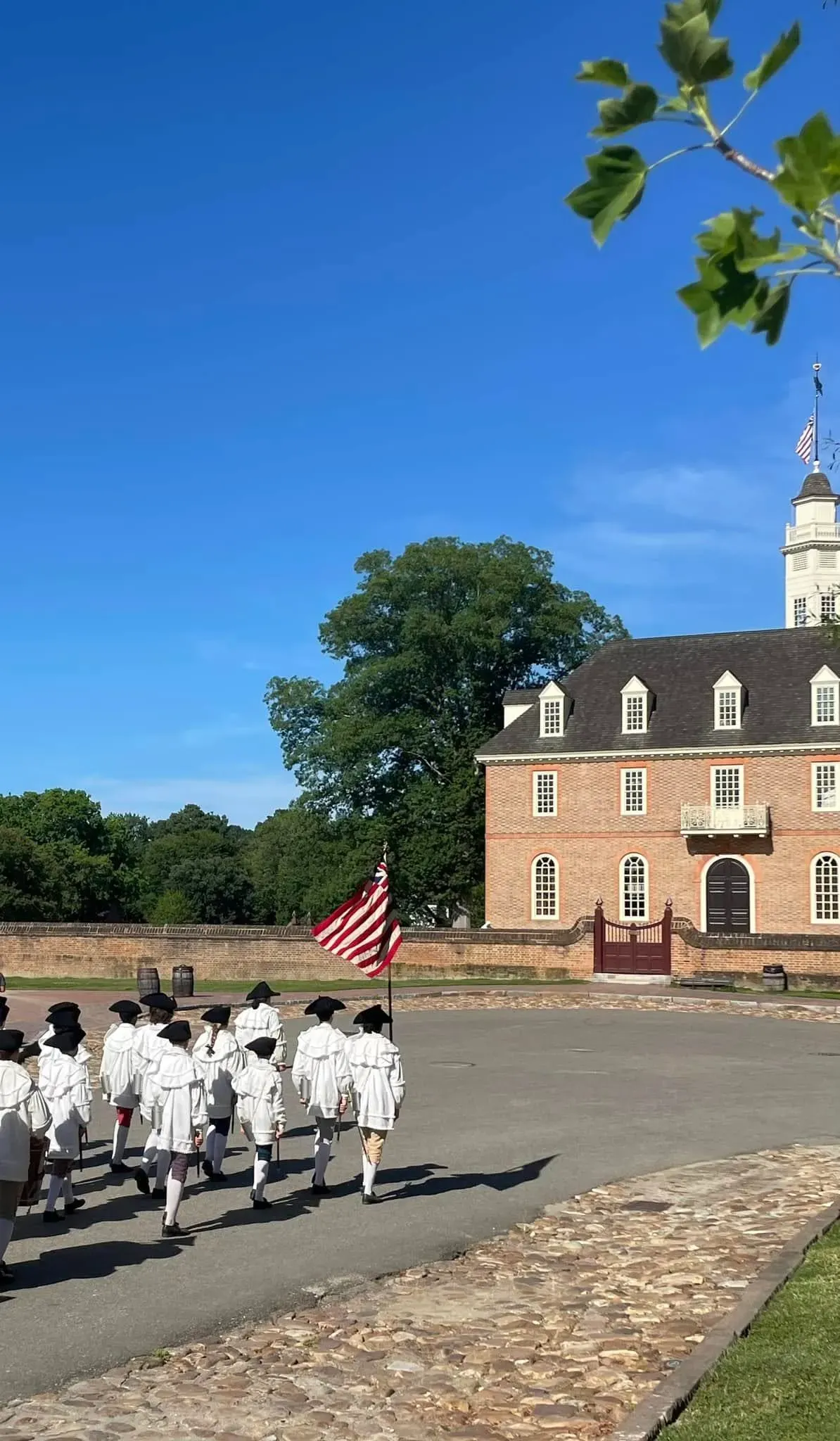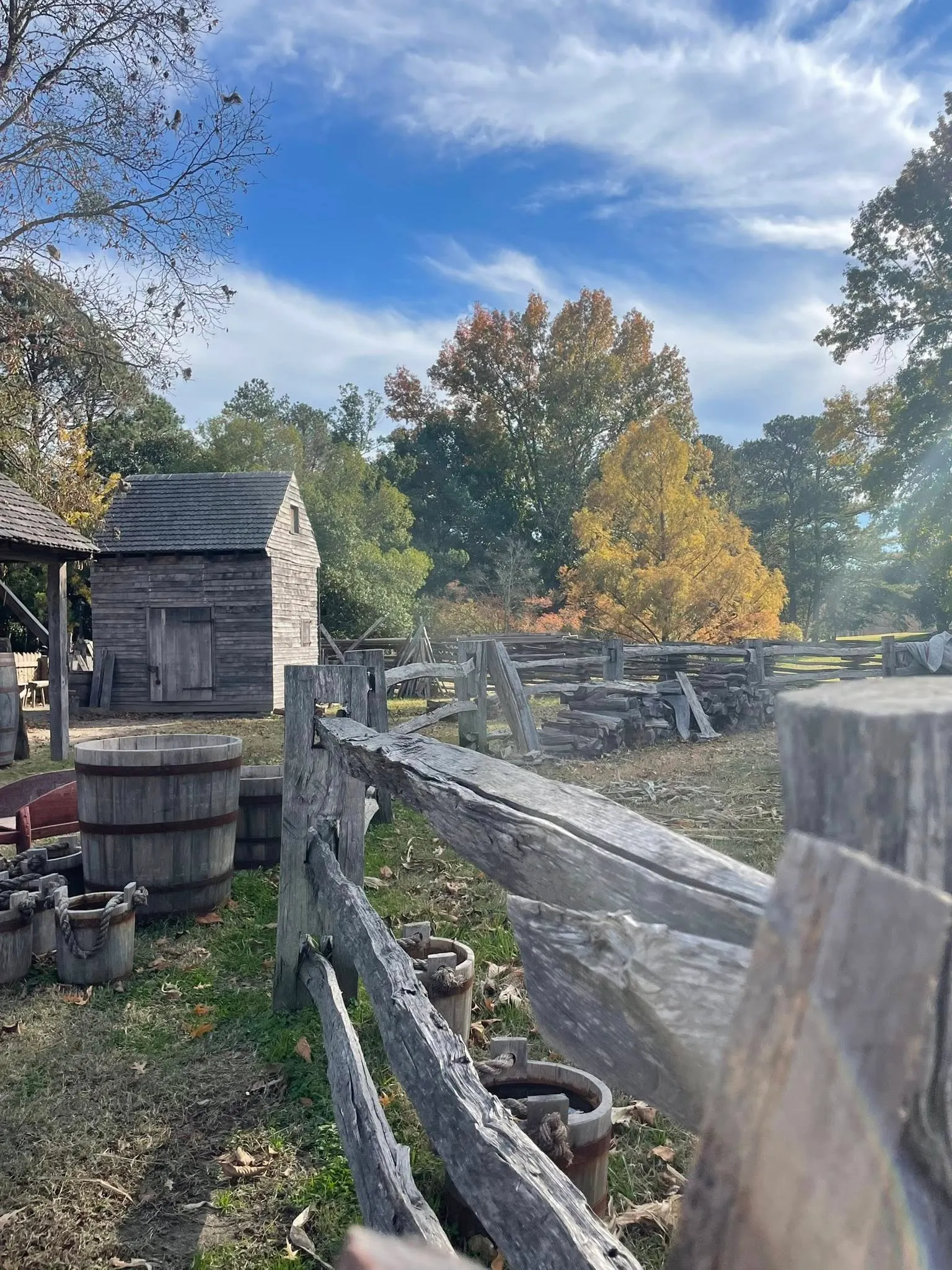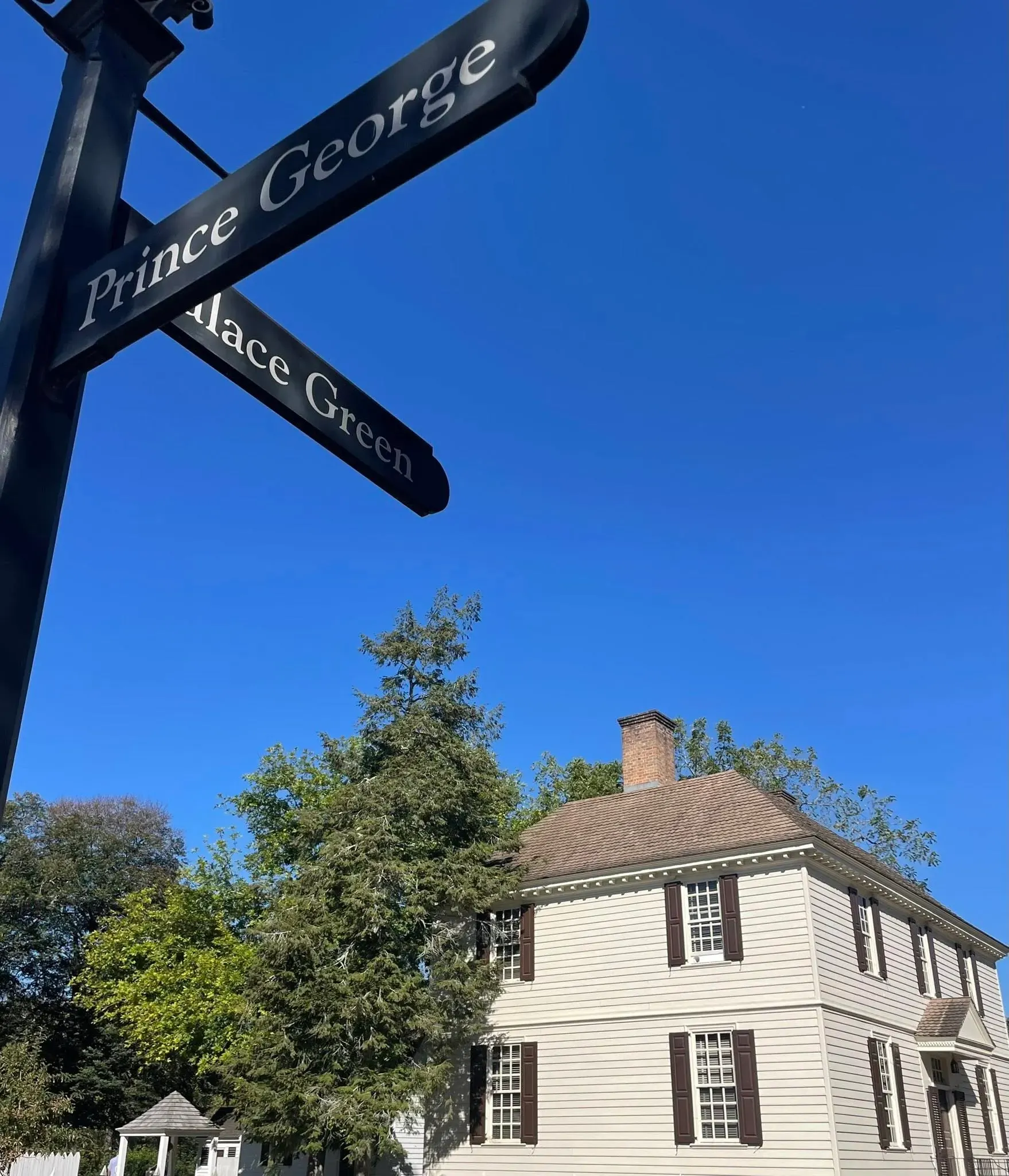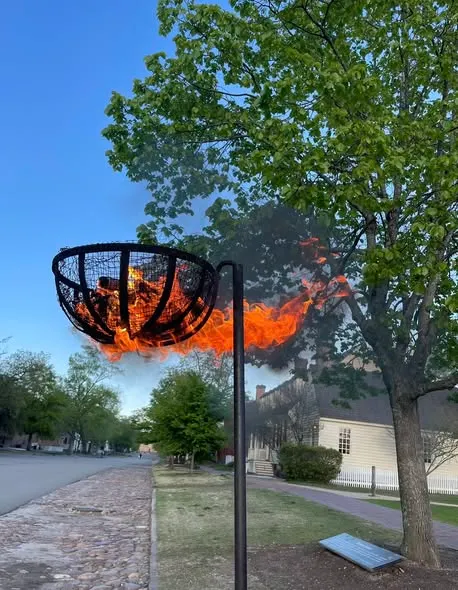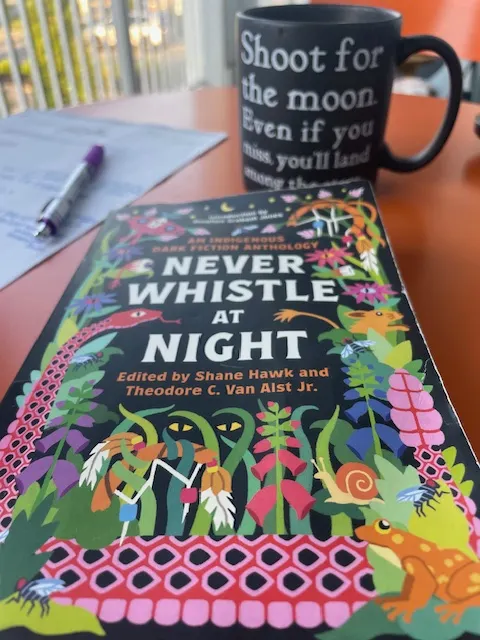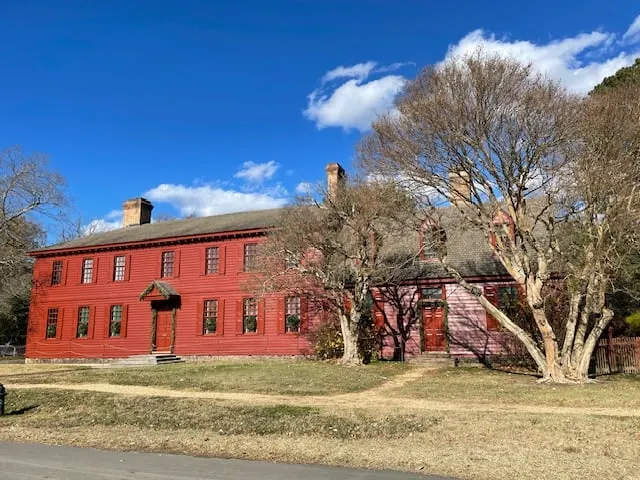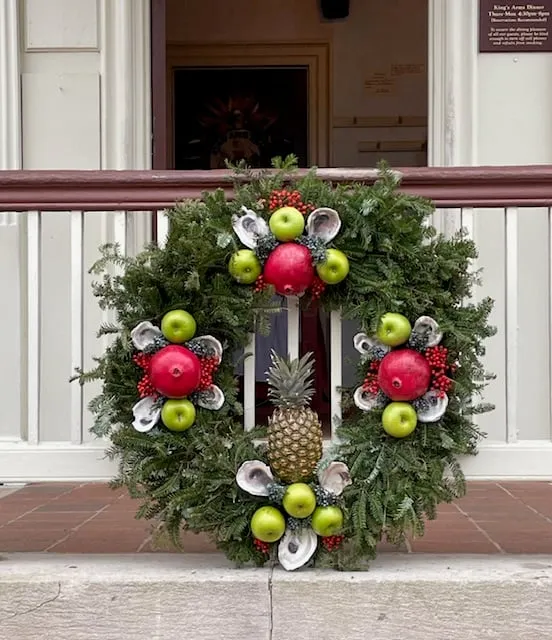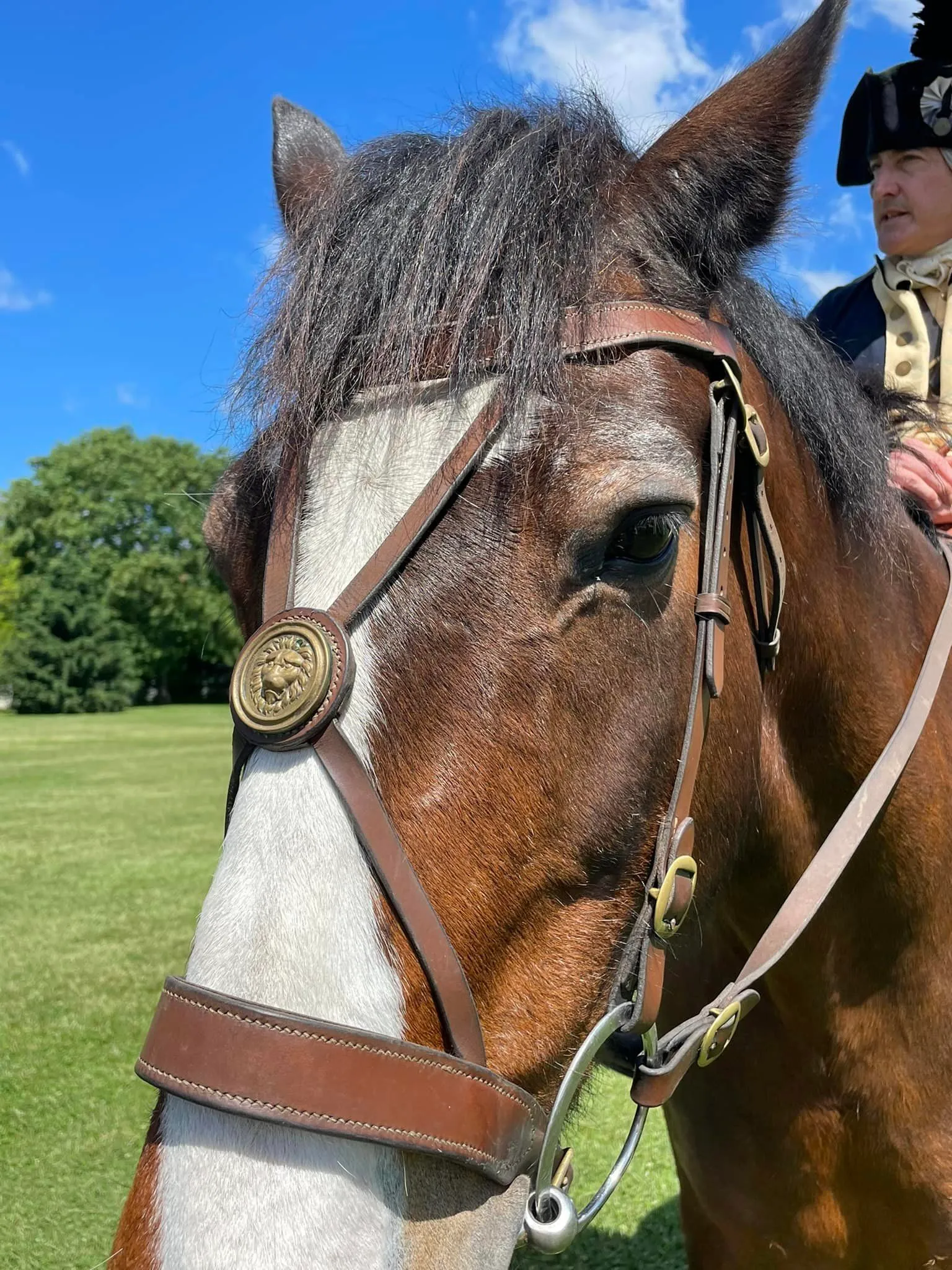Want to Really Understand American History? Read Letters and Other Primary Sources.
Primary sources rule in the world of historic research.
When I first moved to Williamsburg something struck me. It was HOW everyone that worked here, from our Nation Builders to tradespeople knew such fantastic detail. It didn’t take too many conversations to understand how: primary sources.
Writing a post about the “how” behind the interpretation of history here is important. I cannot speak to how history is interpreted everywhere, but I’m learning a lot about Colonial Williamsburg (CW) and hope that’s the bar for others!
CW is currently, after all, the largest living history museum in the world.
And as I revise this post in 2025, I've visited many other research sites including historical societies, the Library of Virginia, and one of my favorites: Stratford Hall.
RELATED: Click here for my interview with Dr. Gordon Blaine-Steffey, Vice President of Research and Collections and Director of the Jessie Ball duPont Memorial Library.
Disclaimer: As a blogger, I use affiliate links sometimes! I may receive commission from purchases I share; it does not change your price but sometimes you might get a discount.
Minor modifications added October, 2025.
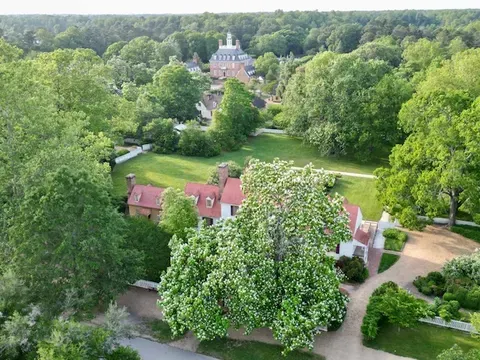
Photo credit: Tom McAuliffe
What are examples of primary sources used to understand and interpret history?
- Letters.
- Inventories, daybooks, and diaries.
- Drawings and paintings.
- Furnishings, tools, and all kinds of artifacts.
- Recipes.
- Newspapers.
I’m sure I’m missing some, but I can always come back and add them!
In fact, I can (and probably will) do many separate posts specific to the items and categories above, as well as on everything from our art museums and curators, to archaeology, the sites, and even CW's lab.
And as mentioned, I've begun visiting other research sites, housing rare books and archives containing manuscripts, letters, account books and so much more!
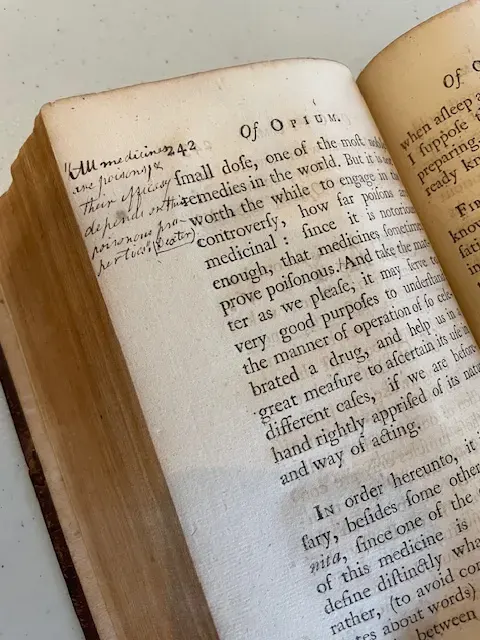
Richard Henry Lee's personal notes in his medical book, Stratford Hall
Letters bring history alive and share the complexities of the humans who created it.
I mentioned in the introduction post to this blog, that Kurt Smith, who portrays Thomas Jefferson, has read close to 50,000 letters from, to, and about Jefferson.
Dr. John Minson Galt, a physic born in 1744, educated at the College of William and Mary, was living and working in Revolution-era Williamsburg. The interpreter who portrayed him, utilizes the Galt Collection to bring his “character” alive.
I use the word character loosely because Galt was a real person and with the use of primary sources, he truly does come to life.
His son, Dr. JM Galt II, was superintendent of Eastern State Hospital and is a topic for another blog! (I'm pretty sure I even heard him referenced in passing on an episode of Murdoch Mysteries the other day).
Yesterday, I was watching Ron Carnegie, who portrays General Washington, discuss agriculture and he referenced that "he" corresponded A LOT with his farm managers while away doing his duties as a soldier.
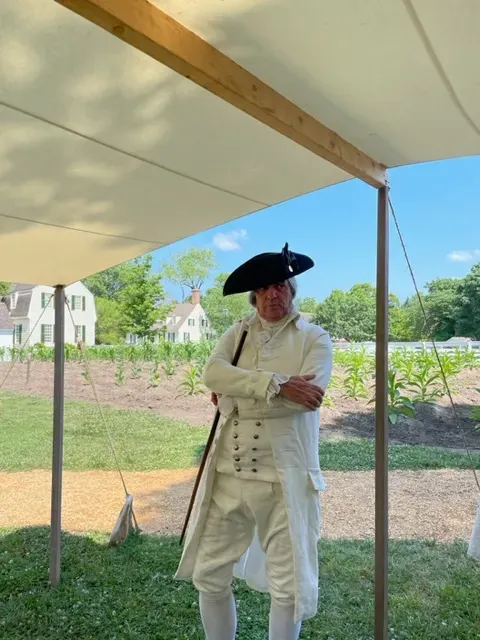
Author’s note: When in character, the actor-interpreters stay in character while having conversations with each other and with the public. I will refer to them in character when appropriate.
Letters are how our actor interpreters, who truly are also historians, bring the humans of history to life. It’s how they know the thoughts, feelings, and emotions experienced and expressed by the people of the past.
Mark Schneider (pictured below) is a U.S. Army veteran and CW employee for over 25 years. He portrays the Marquis de Lafayette and has made it clear he doesn’t just rely on Lafayette’s words; he reads letters from others about Lafayette.
This has to be done in order to get the full picture! Being fluent in French also helps him be so successful in the role (and likely the fact that his mother is French and he travels to France).
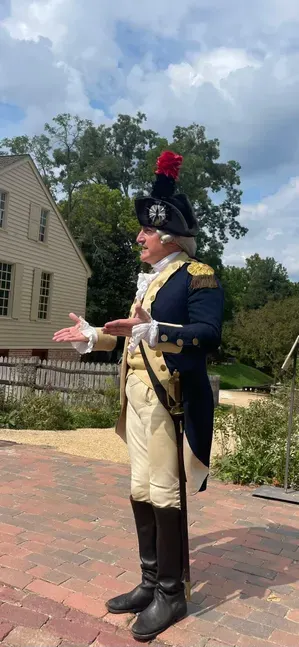
Mark Schneider as Lafayette, 2025
RELATED: Kurt Smith told me about this amazing website where you can read letters-- it also includes addresses, memorandums, diary entries, account books, and more.
Inventories, daybooks, and diaries show us how people worked and lived.
There are really two main types of inventories I hear about around CW: household and business.
I’ve learned that when a head of household/property owner dies, an inventory is taken.
The meticulous inventory of Peyton Randolph makes the house you get to see on tour AMAZING. It’s filled as accurately as possible, down the last detail from beds to kitchen tools.
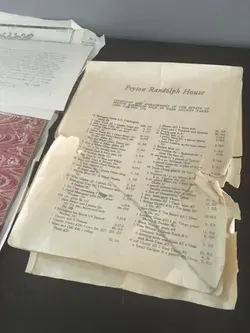
When details aren’t available, CW has furnished homes that are both period- and region-correct. Example here: the Wythe House.
This report is older and as I tour the Wythe House again, I’ll be asking questions to see if any original furnishings have been added. One thing that’s super-cool, it is the MOST original structure we have of the 89 originals. Those are the original bricks on the exterior and the actual handrail everyone from Jefferson to Lafayette used.
I’ve even found some pretty cool kitchen inventories as I’ve wandered the Rockefeller Library shelves!
As far as business goes, it’s a similar situation. Tradesmen and shop owners kept inventories that were reviewed after death.
The tinsmith in town has a daybook displayed (they use the original for reference). It’s basically a diary of a business owner, sharing the tasks of the day! Today, I have my blog planner and to-do list notepad, but many of y’all use Trello or something similar.
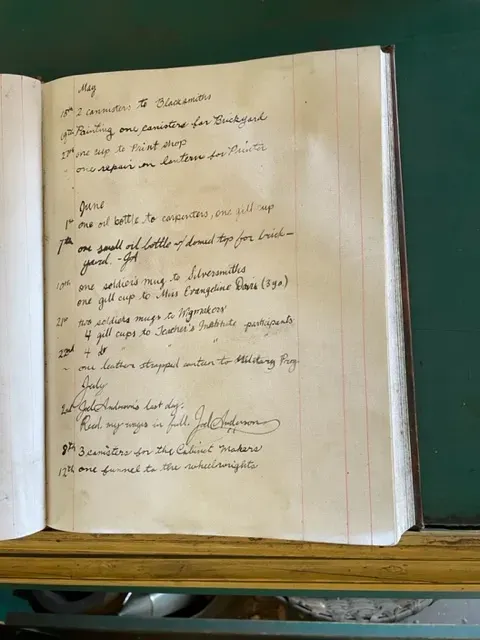
Drawings and paintings: this category includes my favorite – maps!
The value of visual information is priceless.
I had a conversation with the tin apprentice about her outfit. The CW costume design studio, our mantuamaker (dressmaker) and our tailor shop have all utilized visuals to interpret design.
The tin apprentice’s costume is based on one she found in a 1750 image created by Diderot. Her goal is to look as authentic as possible since her work is authentic.
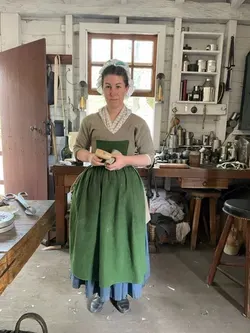
RELATED: Learn more here about trade preservation in Colonial Williamsburg.
Warning for my fellow history buffs, art is not always accurate, the source is important! I chatted with our master cooper a few weeks back who has an historic drawing displayed and he pointed out an inconsistency in the look and shape of the barrel based on practical use.
He doesn’t know the reason; it could be aesthetics and simple artistic interest, or it could be that the artist never actually saw the scene he or she attempted to illustrate.
More for another day!
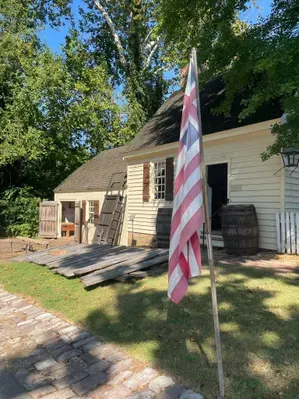
Cooperage (and wheelright), CW
Oh --and the maps. To truly understand how the military functioned, how all the colonies were viewed by both colonists and the Crown, as well as the evolution of what’s become the United States, maps have been and are vital.
Maps help us understand decisions made by the humans who made history. They help us view the world from the eyes of people in the past. They also reveal the needs, resources, and ideas of history.
The main maps utilized around here are:
Clearly there are many relevant and important maps (again- a blog topic for another day!), but these are the most-seen in my day-to-day world.
To go back to the beginning of Virginia and the “new world,” take a peek at Captain John Smith’s maps, such as his Virginia map below. He created several, including a map of New England.

Map on display at CW's museum, open to the public for free
Furnishings, tools, and all kinds of artifacts.
The CW museum and archaeology labs are treasure troves of American history. Add Yorktown, Jamestown, and sites like those owned by Preservation Virginia, historical societies, resources like the Library of Congress and all the Smithsonian museums as well as SO MANY around the country, and you have history at your fingertips.
So much can be learned from something as small as a marble (they found many of these during the Bray School excavation!) or as big as an exterior door of a building.
Do what you can to take advantage of seeing artifacts in person.
Tell us about really cool ones you've seen in the comments- I’ll be doing blog posts on artifacts as well as our museum, other museums I visit and of course, anything related to archeology I’m inspired to share!
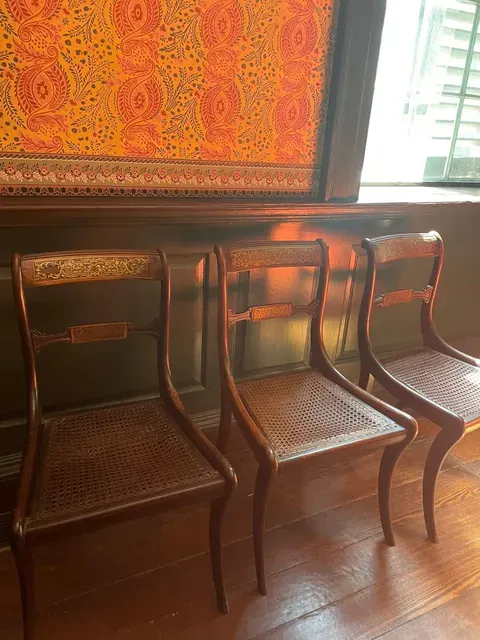
Chairs at Preservation Virginia's site: the John Marshall House
Recipes: because food brings us together and tells us about daily life.
What did people eat and why?
Clearly what was available helps determine that. Let’s be honest though, the wealthier you were, the more unique foods were available! If you had citrus on the table here in the tidewater region during the 18th century, it spoke volumes.
Yes, there were kitchen gardens as well as family farms and large plantations. At Mt. Vernon, Washington was well known for being innovative, as was Jefferson, in experimenting with crops.
The recipes we see from the 18th century, before and beyond, tell stories both through the ingredients and the cooking methods. Here in CW, we have an active smokehouse on the property and our master cook leads a team that cooks 18th century recipes daily.
Some of these recipes even get published online!
How often did people eat? In the 18th century, dinner was the main meal at about 2pm, according our historic foodways team. And it was quite a spread if you could afford it! Supper was leftovers from dinner, eaten in the evenings, and breakfast was anything left from the night before.
Then it all started over again.
I need to dig deeper and get information about the military meals during the Revolution as well as rural vs. the “cities” etc. Of course you can dig even deeper into regions- truly it’s a whole separate blog topic!
The enslaved typically had gardens to grow their food, had their own way of cooking and created unique flavor profiles based on what was available as well as what they brought from their home countries.
And don’t worry, I’ll talk about that at some point on the blog too. Because I love food and so much culture is rooted in this story.
For purposes of getting back on track with this post, having access to recipes from the past is priceless.
Do you have a family recipe that dates back? Please share the details in the comments!
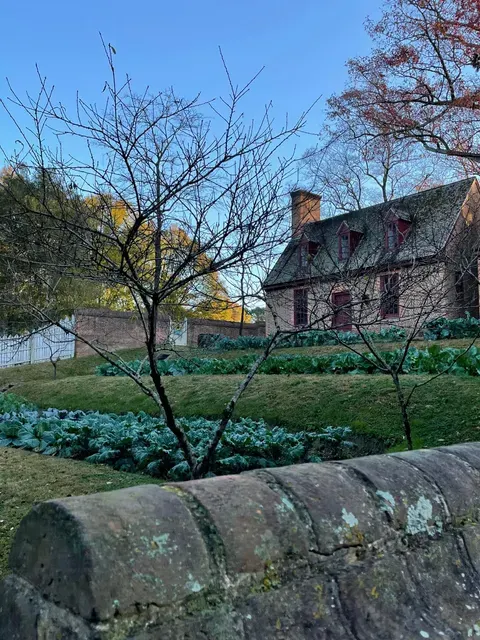
The Palace Kitchen at Colonial Williamsburg, view from public path.
Newspapers are an excellent resource in so many ways.
You’ll see more on this as I continue blogging as well!
The people have great stories. People like Clementina Rind, who is actually part of the women’s sculpture garden in Richmond. She ran the Gazette after her husband’s passing and was an integral part of Virginia and American history.
Advertisements in newspapers told us what shops sold, the types of services people offered, details on properties being transferred, new laws put into effect, fashions of the time and so on.
Ideas, announcements, opinions, and facts. So much history is in an old copy of a newspaper.

The Voices from the Garden exhibit in Richmond.
But are the portrayals of people, trades, and everything else in CW accurate?
As accurate as you’ll find anywhere since they’re based on primary sources like the ones I’ve mentioned above, but here’s the caveat: learning never stops.
More information is uncovered, more discussions are had, and the stories evolve.
- Do you have local historians interpreting American history?
- Have you visited somewhere that brought history alive?
Share it in the comments!
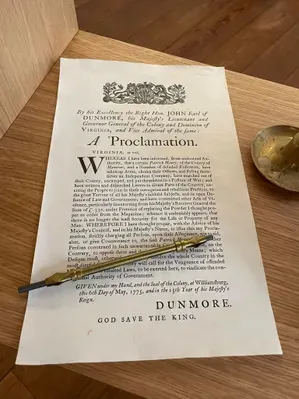
Dunmore's Proclamation displayed at Preservation Virginia's site of Scotchtown
Closing words from history.
In the spirit of the value of primary source documents, here are Washington's own words summarizing what actually happened at the Battle of Long Island.
I'm only dropping the opening lines - so click here to read the document in full, with notes and citations, on the Founders Archives website mentioned previously.
George Washington to the Massachusetts General Court, 19 September 1776
To the Massachusetts General Court
Head Qrs at Colo. Rogr Morris’s House
10 Miles from New York Septr 19th 1776
Gentn
I was honored the night before last with your favor of the 13th Inst. and at the same time that I conceive your anxiety to have been great by reason of the vague & uncertain accounts you received respecting the attack on Long Island, give me leave to assure you that the situation of our Affairs and the Important concerns which have surrounded me & which are daily pressing on me, have prevented me from transmitting in many Instances the Intelligence I otherwise should have conveyed.
In respect to the attack and retreat from Long Island, the public papers would furnish you with accounts nearly true—I shall only add, that in the former, we lost about Eight Hundred Men, more than three fourth’s of which were taken prisoners.
Are you enjoying the blog? Use my online tip jar and buy me a coffee:
There is a huge practical disclaimer to the content on this blog, which is my way of sharing my excitement and basically journaling online.
1) I am not a historian nor an expert. I will let you know I’m relaying the information as I understand and interpret it. The employees of Colonial Williamsburg base their presentations, work, and responses on historical documents and mainly primary sources.
2) I will update for accuracy as history is constant learning. If you have a question about accuracy, please ask me! I will get the answer from the best source I can find.
3) Photo credit to me, Daphne Reznik, for all photos in this post! All photos are personal photos taken in public access locations or with specific permission.
